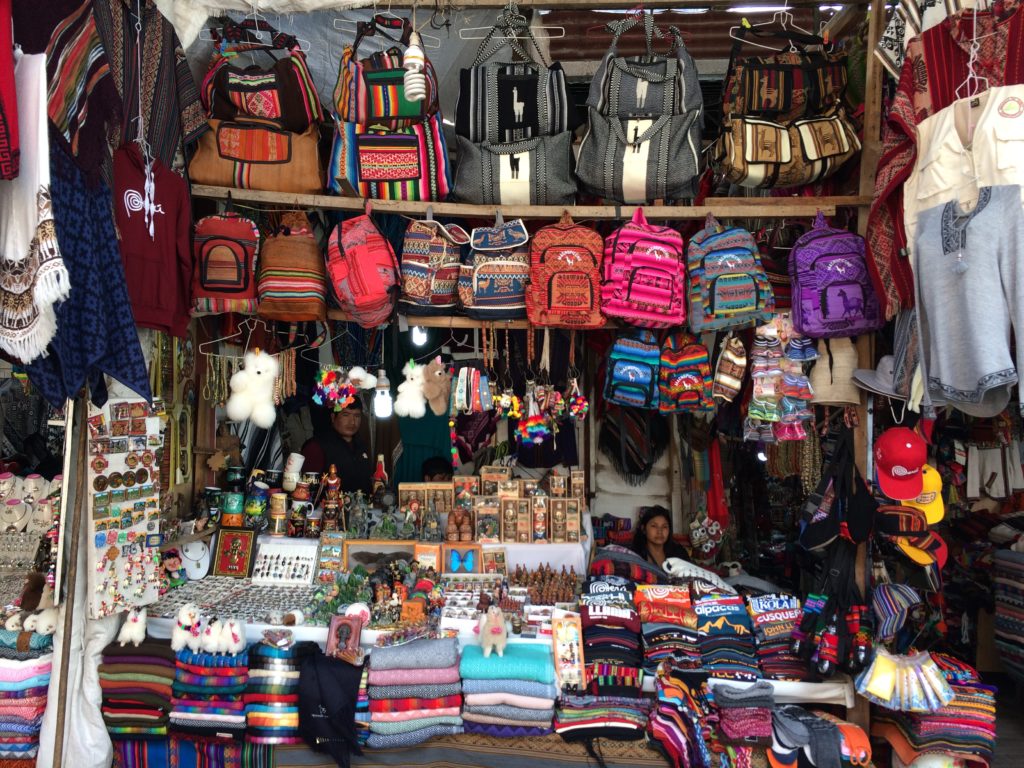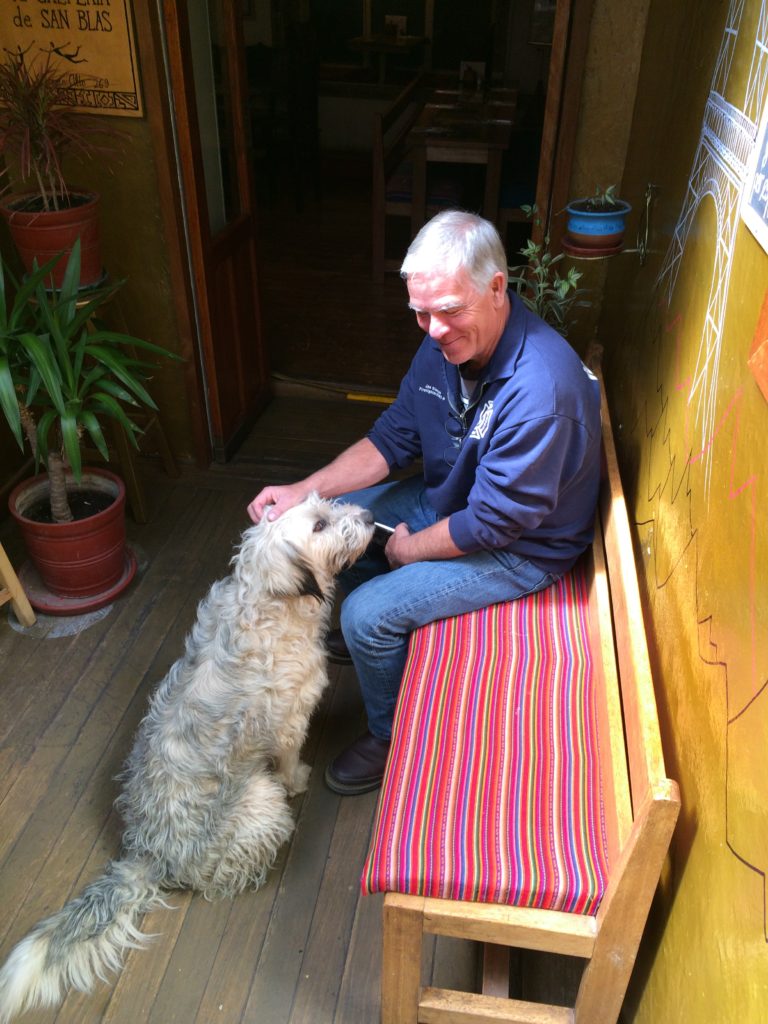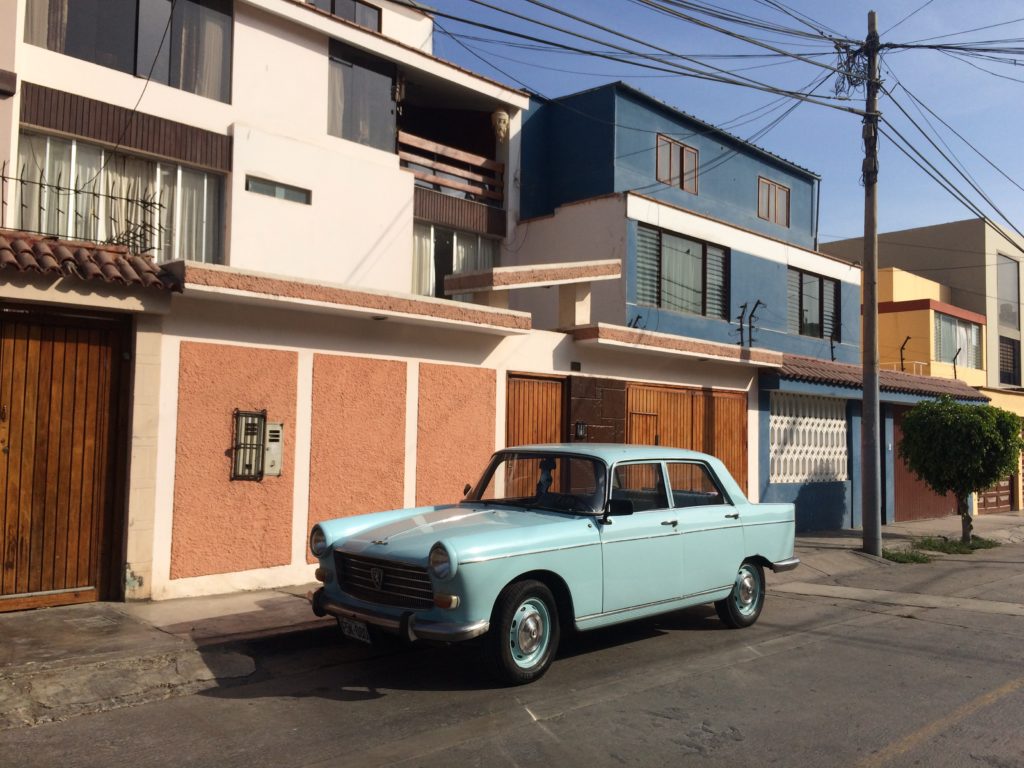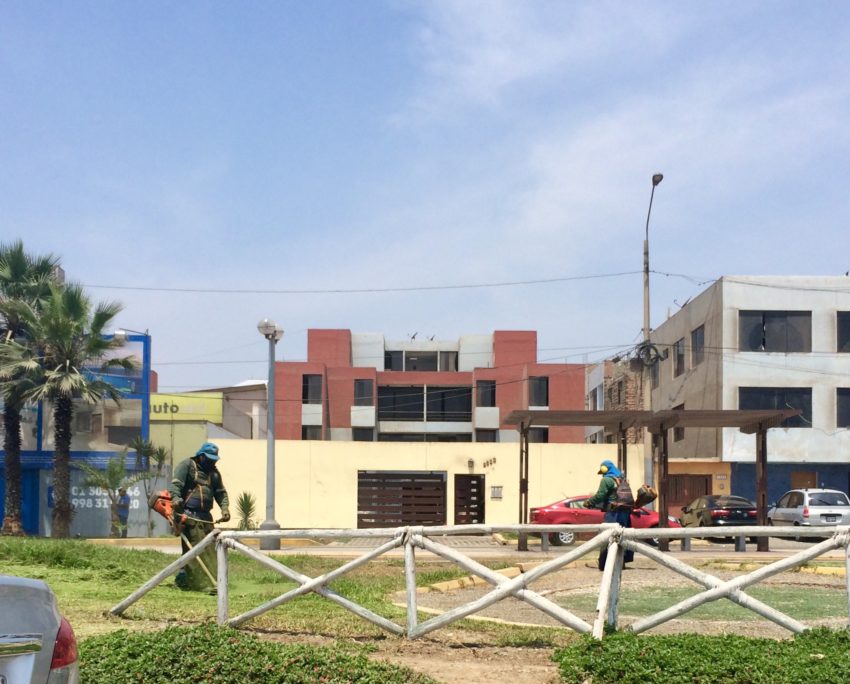More observations on how life in Lima is just a little bit different than anywhere else. Catch up on Part 1 here.
Lawn Care. Trimming the verge in Lima does not involve lawn mowers. So how are lawns kept trim? Well, there are armies of guys with weed wackers keeping Lima parks nice and even. I think, and this is just a suspicion, that weed wackers are used because they less efficient and would require more people to be employed.
Product Lines. There are only one set of products available for sale in Lima (and by extension, Peru), the only question is whether you buy those products in mercados, super markets, Tambos, or a bodega. The price varies wildly depending on where you buy a product, but there isn’t any product differentiation like there is in the United States.
For example, there are only three salad dressings for sale but you could pay anywhere from s/3 to s/10 for those exact same dressings. In the US? Thousands, with much tighter controls on prices. You won’t find a rogue brand anywhere in Peru except maybe (if you’re lucky) stores that cater to ex-pats. Same with tourist shops –the only variation is in the top brands that sell internationally.

Big, not cosmopolitan. Lima is a huge city of over 10 million people, but it’s really a small town in a lot of ways, especially food. Locals like to think its food is a fusion of many different cuisines, and perhaps that was true in the distant past. What Lima has now is Lima’s version of sushi, Chinese food (Chifa), chicken, etc. with little to no variation in how its prepared and no reference to the original. Every restaurant offers the same dishes. I challenge you to find a non-chain restaurant in Lima that doesn’t sell lomo saltado, for example.
If you like slightly sweet dough? You will find it everywhere because no one prepares their empanadas with non-sweetened dough. No one will eat dough prepared any other way. Why? There’s no market for it because Lima stopped fusing. Even international brands that have made their way here in the form of food chains or grocery store placements concede to the Peruvian baseline of taste. I’m dying for variety.
Chronically late. Being late to everything is a national characteristic. We’ve observed this a bit, but have also heard the first-hand accounts. According to an ex-pat acquaintance who’s been here for over ten years, he’s made thousands of dollars a year in charging clients for being late for meetings. And when he’s visited surrounding countries such as Bolivia? They’ve viewed him as Peruvian and explicitly reinforced start times because they’re not having Peruvian bullshit. Other countries don’t do this, it’s exclusively a Peruvian problem.
This same ex-pat says that lying about the chronic lateness is also a national characteristic — the Peruvian people are too proud to admit any fault so will go to great lengths to dissemble about lateness and other things. While I haven’t observed this directly, I tend to believe him.

Dogs. Shockingly, a large number of people do not lock their dogs up during the day or keep them in an enclosed area. Instead, they let their pups roam the streets and expect to find them near the door when they come home at night. Needless to say, there are a great number of unruly dogs on the streets along with an excess of dog nuisance.
These dogs seem to be a lot more self-sufficient than strays I’ve seen in the United States, always on a mission to go somewhere. They’re also less friendly though you’ll find a moocher every now and again who will step for a pat if there’s a treat involved. It’s hard to tell what number are “latchkey” dogs versus feral. Regardless, I’m sure Peru has a pretty big stray dog problem.

Capitalism. Peru is a poor country, there’s no doubt about it. However, the gap between the very rich and the very poor is not as stark as it is in the United States. And the safety nets in place, such as universal income (no company can pay less the s/300 a month for a job), basic healthcare, and an emphasis on jobs before efficiency are admirable. Admittedly, they’re not great safety nets, but they’re there and the Peruvian people seem to believe strongly in them.
I think the earlier points I made about product lines also play into this. People don’t seem to need or pay for variety, they don’t expect efficiency, they don’t look down (too much) on people with less, so the most ferocious indicators of capitalism such as excessive consumption haven’t taken root here the same way they have in the United States. I’m sure the battle is still taking place, but given the wall of Peruvian indifference to change, I’m not as certain capitalism will win.
Part 3? Maybe. Stay tuned.

1 thought on “Little Things: Unexpected Differences in Lima Life, Part 2”
Comments are closed.